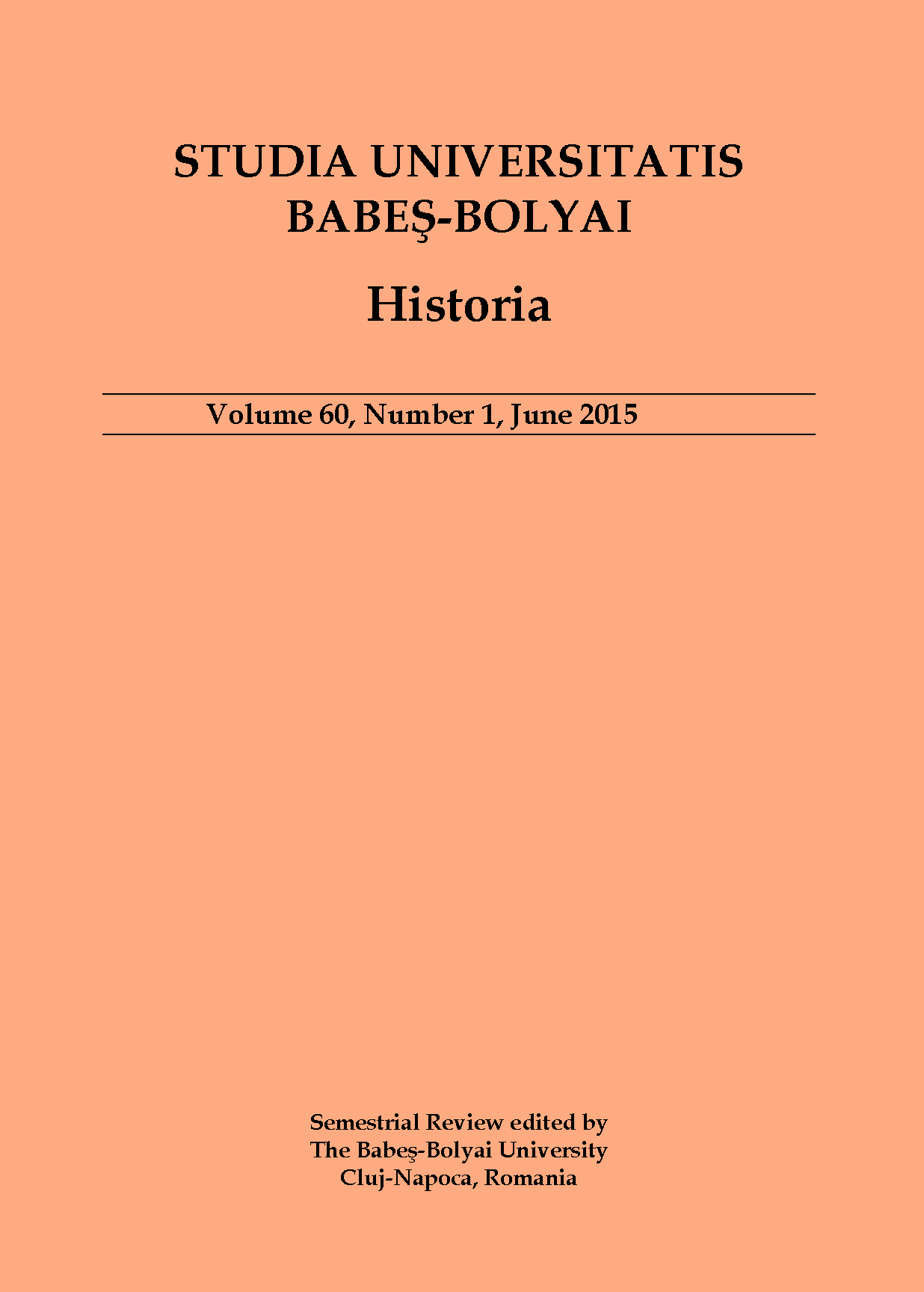New Results on the Mendicant Economy in Medieval Hungary: Spatial Distribution, Urban(?) Context
Keywords:
Central Europe, Mendicant Orders, monastic network, social contacts, economy, settlement system.Abstract
In Western Europe the mendicant economy is discussed mainly in urban context. However, the different orders followed different strategies in acquiring the support of the faithful, and thus their social background differed, too. In East Central Europe, the most urban were the Dominicans, the Carmelites and the Franciscan Conventuals, while the most rural were the Austin Hermits. In the case of the Franciscan Observants one can observe a close connection between political activity, intensive royal and aristocratic support, and economic success which resulted in unusual forms of alms donations. The unprecedented success of the Observants was also due to the common aim of the political elite and of the friars to stop Ottoman expansion. Since the economic and political roles played by the bourgeoisie in Western Europe were partly taken over by the nobility they became the “natural” supporter of the mendicants, especially of the Franciscans in this part of Europe. Due to these factors the Hungarian mendicant provinces were the largest in East Central Europe from the late fourteenth until the early sixteenth century.
Rezumat: Noi rezultate asupra cercetării economiei mendicante în Ungaria medievală: distribuire spaţială, context urban(?) Istoriografia occidentală continuă să dezbată problematica economiei mendicante în special din perspectiva contextului urban. Cu toate acestea, diferitele ordine mendicante au adoptat strategii diverse pentru a obţine susţinerea laicilor, ceea ce înseamnă că se poate vorbi de o susţinere marcată, în ultimă analiză, de diferenţe sociale. Pentru Centrul şi Estul Europei se poate considera că Ordinul Dominican, cel al Carmeliţilor şi al Franciscanilor Conventuali au avut un accentuat profil urban, în timp ce, augustinienii eremiţi s-au distins datorită profilului lor rural. În ceea ce îi priveşte pe franciscanii observanţi este lesne sesizabilă legătura strînsă între activitatea politică, puternica susţinere regală şi succesul economic bazat pe forme mai degrabă neconvenţionale ale obţinerii de donaţii. Succesul observanţilor, neegalat de niciun alt ordin mendicant, s-a datorat şi unui scop asumat în comun de către fraţi şi elita politică şi anume stoparea expansiunii otomane. Deoarece rolul politic şi economic jucat de burghezie în Europa Occidentală a fost parţial preluat de către nobilime în spaţiul Europei Central-Răsăritene nu este surprinzător că reprezentanţii acestei categorii sociale au devenit suporterii mendicanţilor, îndeosebi ai franciscanilor. Acest specific al susţinerii Fraţilor Mendicanţi explică de ce provinciile mendicante ale Regatului maghiar au fost cele mai extinse în Centrul şi Estul Europei în perioada cuprinsă între sfîrşitul secolului al XIV-lea şi începutul secolului al XVI-lea.
Cuvinte cheie: Europa Centrală, ordine mendicante, reţea monastică, contacte sociale, economie, sistem de implantare teritorială
Downloads
Published
How to Cite
Issue
Section
License
Copyright (c) 2015 Studia Universitatis Babeș-Bolyai Historia

This work is licensed under a Creative Commons Attribution-NonCommercial-NoDerivatives 4.0 International License.






